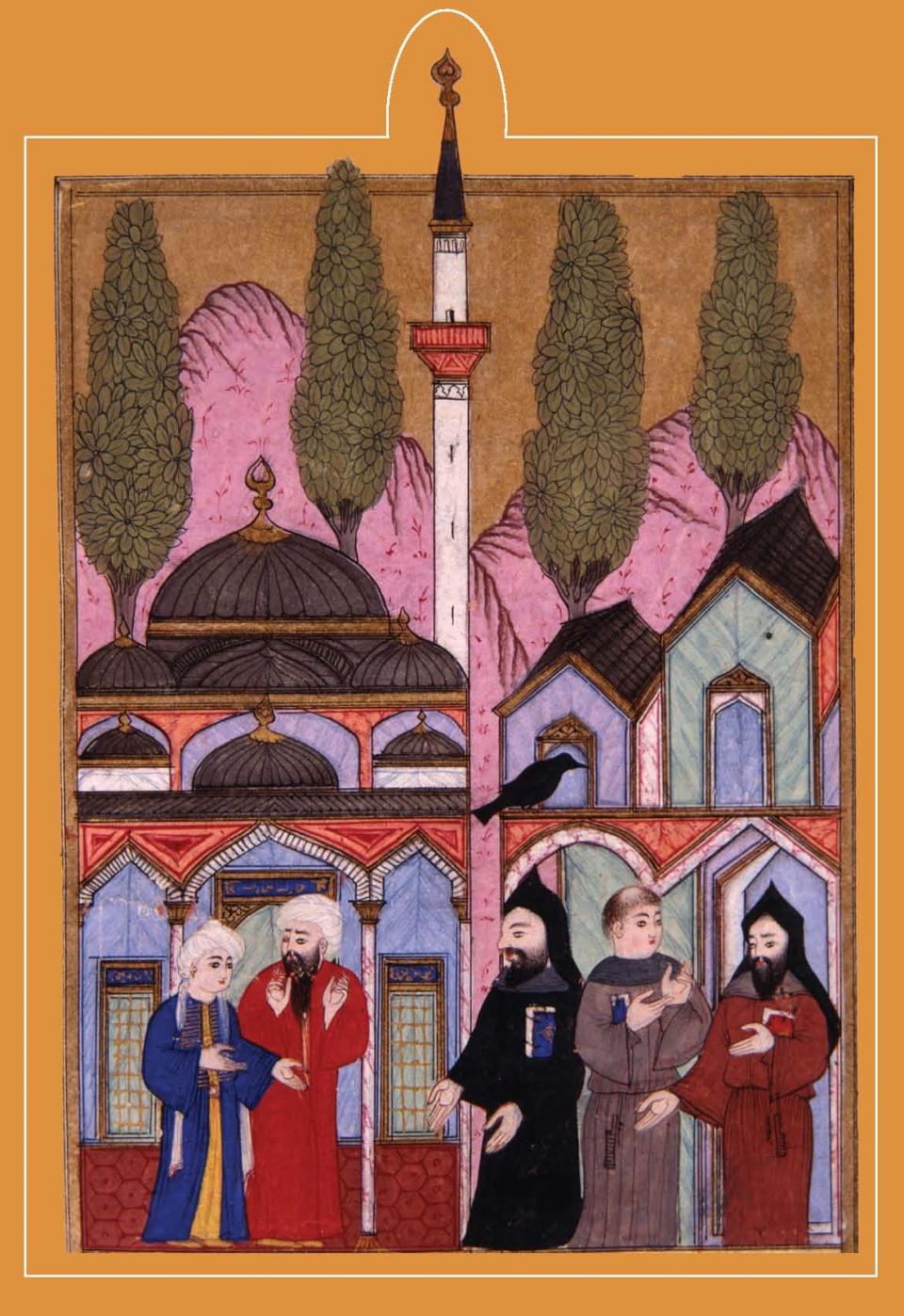
The Fashioning of a Sunni Orthodoxy and the Entangled Histories of Confession-Building in the Ottoman Empire, 15th-17th Centuries
(OTTOCONFESSION; Project ID: 648498 )
Project Summary:
How and why did the Ottoman Empire evolve from a fourteenth-century polity where “confessional ambiguity” between Sunnism and Shiism prevailed into an Islamic state concerned with defining and enforcing a “Sunni orthodoxy” by the early sixteenth century? How did the Ottoman Sunni notions of "orthodoxy" subsequently evolve during the 17th century? Recent historiography attributes the growing concern with “orthodoxy” in the Ottoman Empire to the rise of the rival Shii Safavid Empire beginning in the first decade of the sixteenth century. However, the OTTOCONFESSION project is based on the premise that the evolution of Ottoman discourse on Sunni orthodoxy can be understood only in a longer perspective that spans the fifteenth and seventeenth centuries and that it was shaped by religio-political dynamics not only among the Ottoman and Safavid Muslims, but also among Christian communities in the Ottoman Empire and in Europe as well. The project sets out to demonstrate that although the polarization between Sunni and Shii Islam on the one hand, and Catholic and Protestant Christianity on the other, resulted from the dynamics specific to the Turco-Iranian world and Europe, respectively, the subsequent processes of confession- (and in some cases state-) building were related and constitute an entangled history of confessionalization that spanned Europe and the Middle East. The project will investigate the evolution of confessional discourses in the Ottoman Empire in both community-specific and entangled, cross-communal perspectives between the fifteenth and seventeenth centuries by focusing on a) the agents and strategies; b) textual genres; and c) sites of confessionalization.
Project starting date: September 1, 2015
Project ending date: August 31, 2020
Type of grant: Horizon 2020-ERC Consolidator Grant


